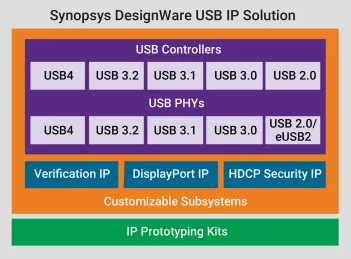IP for TSMC
Welcome to the ultimate
IP
for
TSMC
hub! Explore our vast directory of
IP
for
TSMC
All offers in
IP
for
TSMC
Filter
Compare
199
IP
for
TSMC
from
15
vendors
(1
-
10)
Filter:
- 6nm
-
LPDDR6/5X/5 PHY V2 - TSMC N6
- The LPDDR6/5X/5 PHY IP enables ASICs, ASSPs, system-on-chips (SoCs), and system-in-package applications requiring high-performance LPDDR6, LPDDR5X, and/or LPDDR5 SDRAM interfaces operating at up to 14.4 Gbps
- With flexible configuration options, the LPDDR6/5X/5 PHY IP can be used in a variety of applications supporting LPDDR6, LPDDR5X, and/or LPDDR5 SDRAMs, precisely targeting the specific power, performance, and area (PPA) requirements of these systems
- LPDDR6 SDRAM’s combination of high bandwidth, capacity, low power, and cost effectiveness makes LPDDR6/5X/5 SDRAMs an attractive solution for traditional and new markets
- The LPDDR6/5X/5 PHY IP is designed to appeal to a variety of applications including: * Traditional mobile environments * Consumer products * Automotive solutions * Artificial intelligence * Data center applications
-
12-bit, 5 MSPS ADC with 8:1 Input Mux in a TSMC 6nm
- The ODT-ADS-12B5M-6T is an ultra-low-power, high-linearity ADC with rail-to-rail inputs designed in a TSMC 6nm process.
- This 12-bit, 5MSPS ADC supports input signals up to 1 MHz and features excellent static and dynamic performance.
- The input front-end includes a mux that can support 16 single-ended or differential inputs.
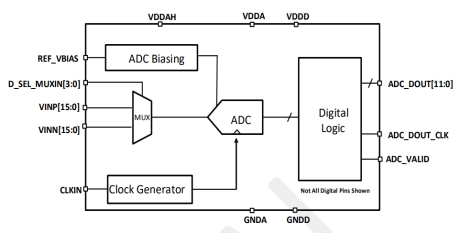
-
Voltage & Current Reference Generator in TSMC 6/7nm FFC
- The ODT-REF-6T is a reference current and voltage generator. This block includes a VREF/R circuit to create programmable voltages and currents.
- ODT-REF-6T requires a constant 0.6V voltage input (ideally derived from a bandgap) in order to generate the required signals.
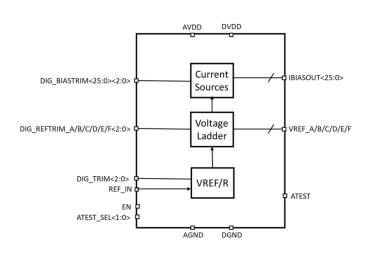
-
12 bit 250MSPS ADC on TSMC 7nm
- The ODT-ADS-12B250M-7T is an ultra-low power ADC designed in a 7nm CMOS process.
- This 12-bit, 250MSPS ADC supports input signals up to 100MHz and features a differential full-scale range of 0.8Vpp and excellent static and dynamic performance.
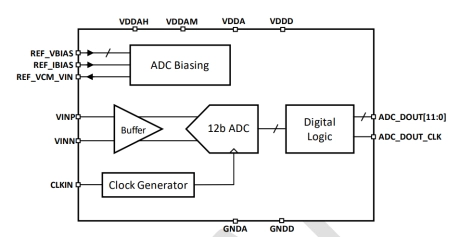
-
PVT Sensor Subsystem
- Start-up time: Typ 20us
- Current consumption: Max 25uA
- Industry standard digital interface
- Fully integrated macro
- Standard AMBA APB interface
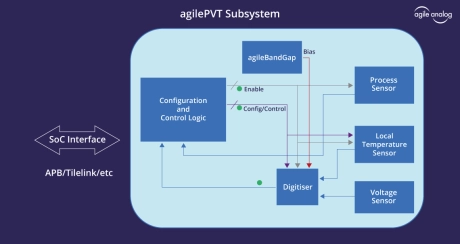
-
NVM OTP XBC TSMC N6 1.8V
- Designers face the challenge of creating secure, cost-effective, low power, and reliable SoC designs
- Synopsys’ embedded one-time programmable (OTP) non-volatile memory (NVM) IP, based on XHF architecture, enables designers to address these challenges
- Synopsys’ OTP NVM IP architecture provides high levels of security, high yields, low power, and excellent reliability, which is why Synopsys OTP NVM is the leader in antifuse technology with >10B units shipped and availability in more than a dozen foundries
- Synopsys OTP NVM IP is silicon-verified in TSMC N4P, N5, N5A, N6, and N7
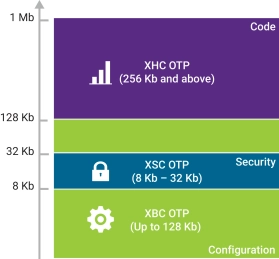
-
All Digital Fractional-N RF Frequency Synthesizer PLL in TSMC N6/N7
- Fractional Multiplication with frequencies up to 8GHz
- Extremely low jitter (sub 300fs RMS)
- Small size (< 0.05 sq mm)
- Low Power (< 7mW)
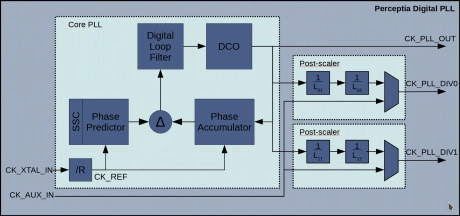
-
Low Power All Digital Fractional-N PLL in TSMC N6/N7
- Low power, suitable for IoT applications
- Good jitter, suitable for clocking digital logic.
- Extremely small die area (< 0.005 sq mm), using a ring oscillator
- Output frequency can be from 1 to 400 times the input reference, up to 1.5GHz
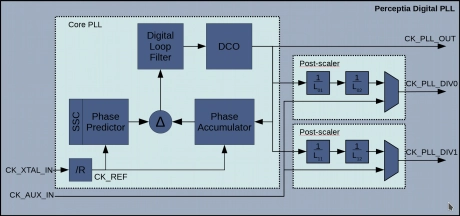
-
Low Power All Digital Fractional-N PLL in Samsung 8LPP
- Low power, suitable for IoT applications
- Good jitter, suitable for clocking digital logic.
- Extremely small die area (< 0.005 sq mm), using a ring oscillator
- Output frequency can be from 1 to 400 times the input reference, up to 1.5GHz
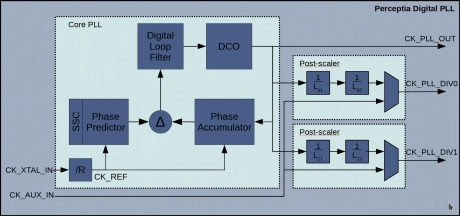
-
USB4 PHY - TSMC N6 1.8V, North/South Poly Orientation
- Supports 40 Gbps, 20 Gbps, 10 Gbps, and 5 Gbps data rates
- Supports 480 Mbps, 12 Mbps, and 1.5 Mbps data rates
- x1 and x2 configurations (USB 3.2 and USB 3.1 PHY only)
- Low active and standby power
